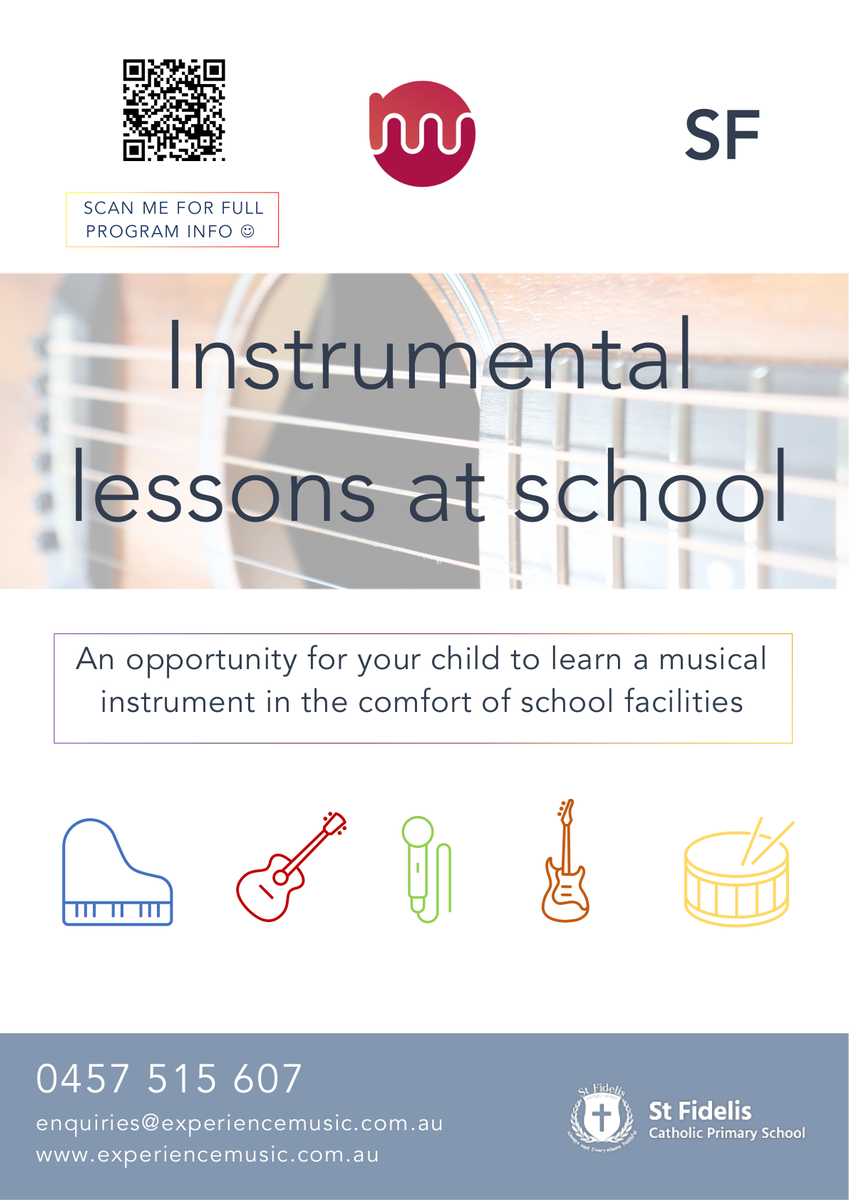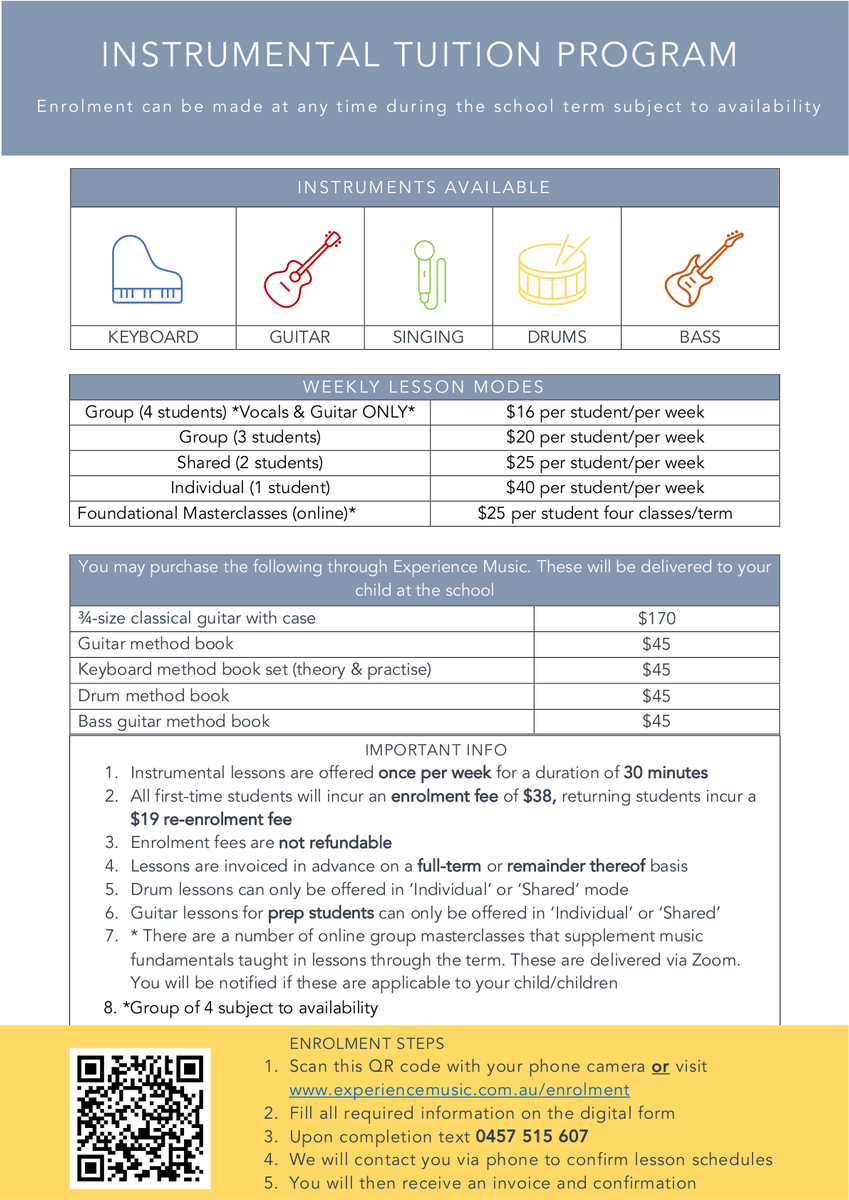Learning & Teaching
Learning and Teaching encompasses the following areas: Student Outcomes, Curriculum, Assessment, Reporting, Principles and Pedagogy.
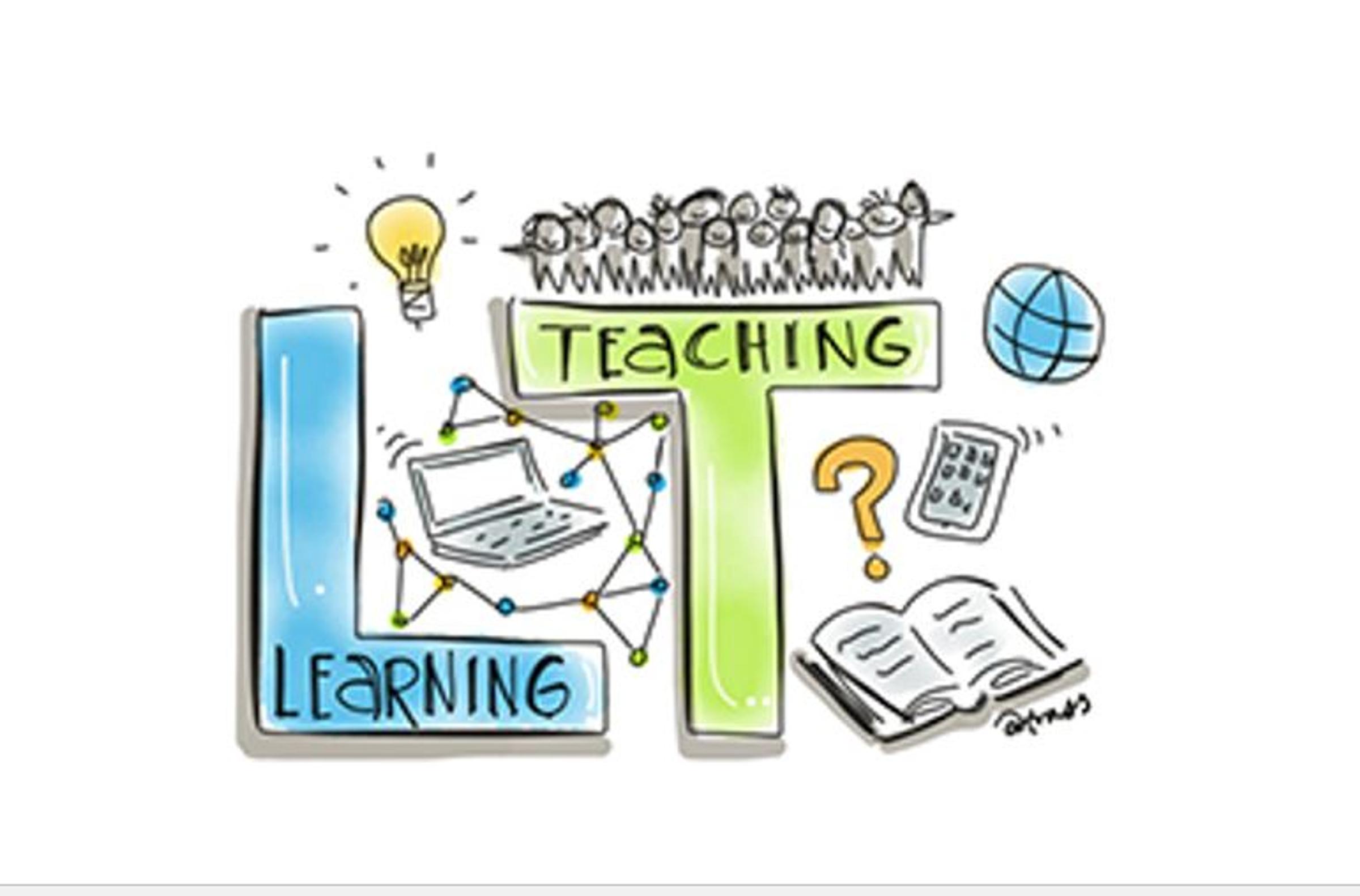
Learning & Teaching
Learning and Teaching encompasses the following areas: Student Outcomes, Curriculum, Assessment, Reporting, Principles and Pedagogy.
Inquiry Learning @ St. Fidelis:
Inquiry is a dynamic, responsive approach to teaching and learning.
Contexts for inquiry are most effective when they provide opportunities to meet achievement standards but also when they are authentic
and relevant to the needs and interests of students.
(© Kath Murdoch 2022)
Last year, teachers participated in professional learning with Kath Murdoch, where they mapped the shared inquiry concepts for 2023. The mapping allowed us to have a clear direction for this year and to ensure that we address the many learning areas of the Victorian Curriculum and include our students’ interests and voices.
Shared inquiries are facilitated by teachers and designed to ensure that children are engaged in many learning opportunities to develop their understanding of how their world works. The Inquiry deepens the student's knowledge and assesses concepts and skills from the curriculum. The teachers follow a cycle of inquiry as a process that allows students to deepen their understanding of the big concept and question.
Using the cycle of inquiry, teachers tune students into what they are learning and what they already know and generate wonderings with the students. The students then move to the finding out stage.
At this stage, students can engage in learning opportunities such as incursions, guest speakers and excursions, they also work as researchers and answer any wonderings or questions they have generated.
While students work through the finding out stage they sort out and make sense of the new information before documenting, sharing and taking action with their learning.
During the shared inquiry, teachers use their learning as a springboard for many learning opportunities in reading, writing and mathematics sessions. With teacher guidance, students actively engage in the process of investigation and develop themselves as self-managers, researchers, collaborators, thinkers and communicators.
This term students will inquire into cultural diversity. Below is a table with our term one focus.
TERM ONE - SHARED INQUIRY FOR 2023 - Cultural Diversity | |||
Foundation | Years 1 & 2 | Years 3 & 4 | Years 5 & 6 |
Big Question: What is my story?
An Inquiry into who they are, where they were born and raised, and the traditions in their families. An inquiry into what makes up their histories and stories. | Big Questions: What is your story? What is my story? An Inquiry into who am I, who are you? An inquiry into how we relate and connect. An Inquiry into how some aspects of daily life have changed over time and how others have remained the same. | Big Question: Australia: What’s our story?
An Inquiry into How the sharing of our stories helps us understand each other. The cultural identity of diverse communities in Australia. The different perspectives of people from the past and their points of view. | Big Question: What do we believe?
An Inquiry into the ways that human beings form their beliefs. An inquiry into comparing and contrasting different belief systems in different cultures and exploring the way beliefs can unite and divide us. |
The students are in the process of starting their first shared inquiry for 2023. Year One and Two students have already visited the Melbourne Museum to discover more about the past. The Year Three and Four students have started unpacking the story, I am Australian Too. The Year Five and Six students started to unpack the meaning of the words culture, diversity and beliefs.
See the 'what’s happening' page to find out more about the Inquiry in the learning spaces.
Also, as part of our Inquiry learning at St. Fidelis in the F-2 learning spaces, the students learn through play during our Discovery Time Workshops. Play provides a context for students to develop skills and understandings about topics that interest them.
Discovery Workshops include several provocations to invite the learner to explore, question, experiment, create, make, collaborate and problem-solve. The stations are carefully curated and designed with the students in mind to stimulate curiosity, and the teacher facilitates learning through questions and guidance. At the stations, teachers observe, listen, document and question and carefully work with the learner’s interests to build conceptual understandings and support skill development.
Last week, Foundation and Year 1 and 2 students started their Discovery workshops. Have a look at some of the exciting and engaging personal inquiries.


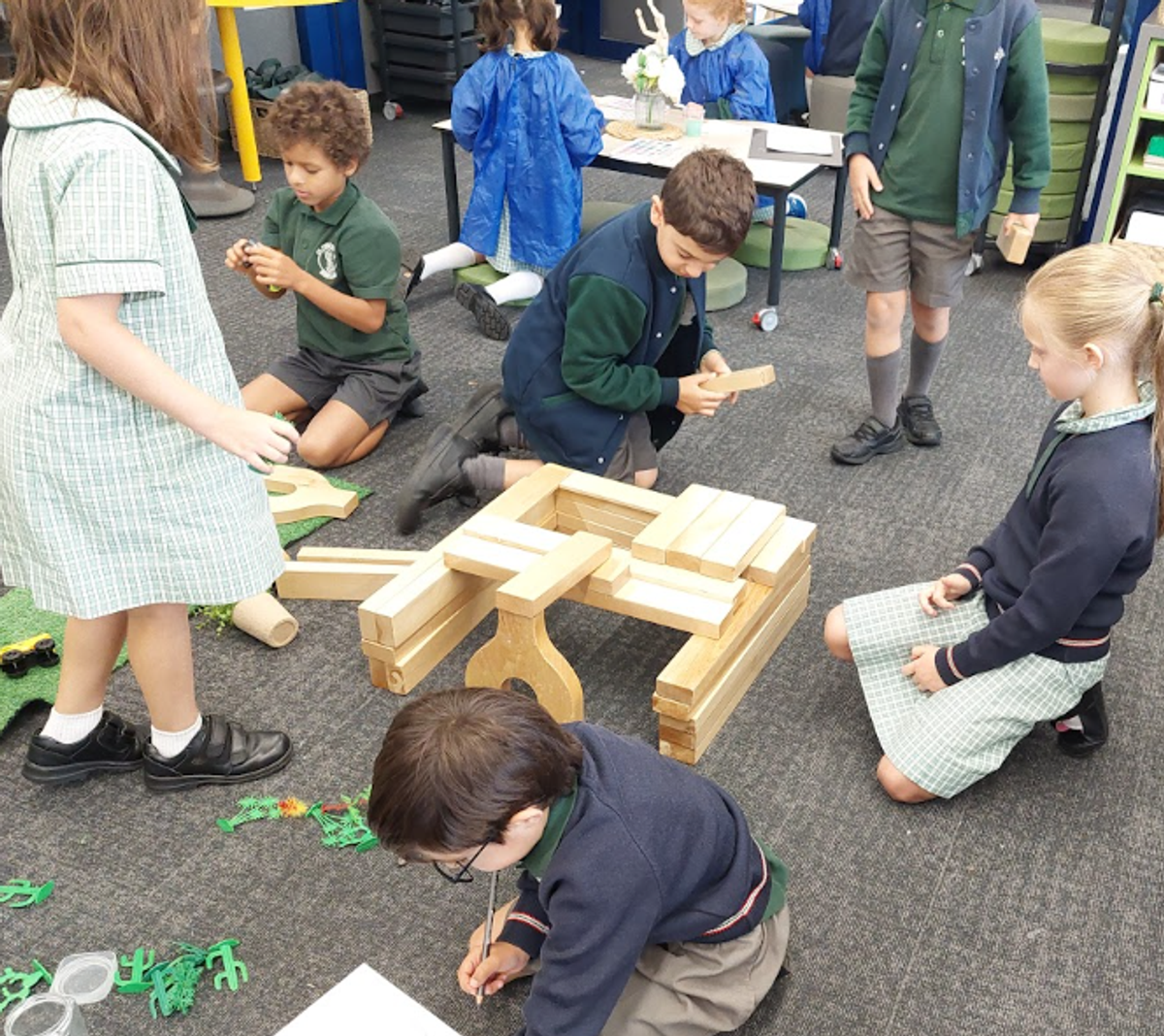
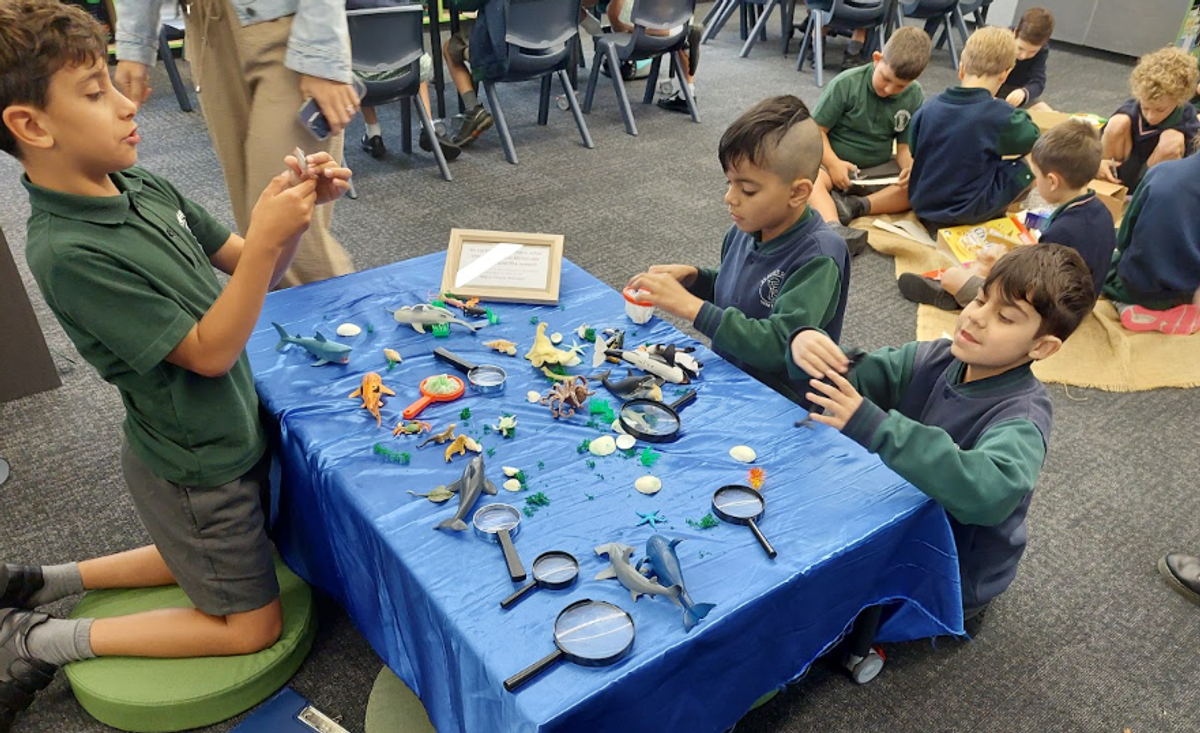

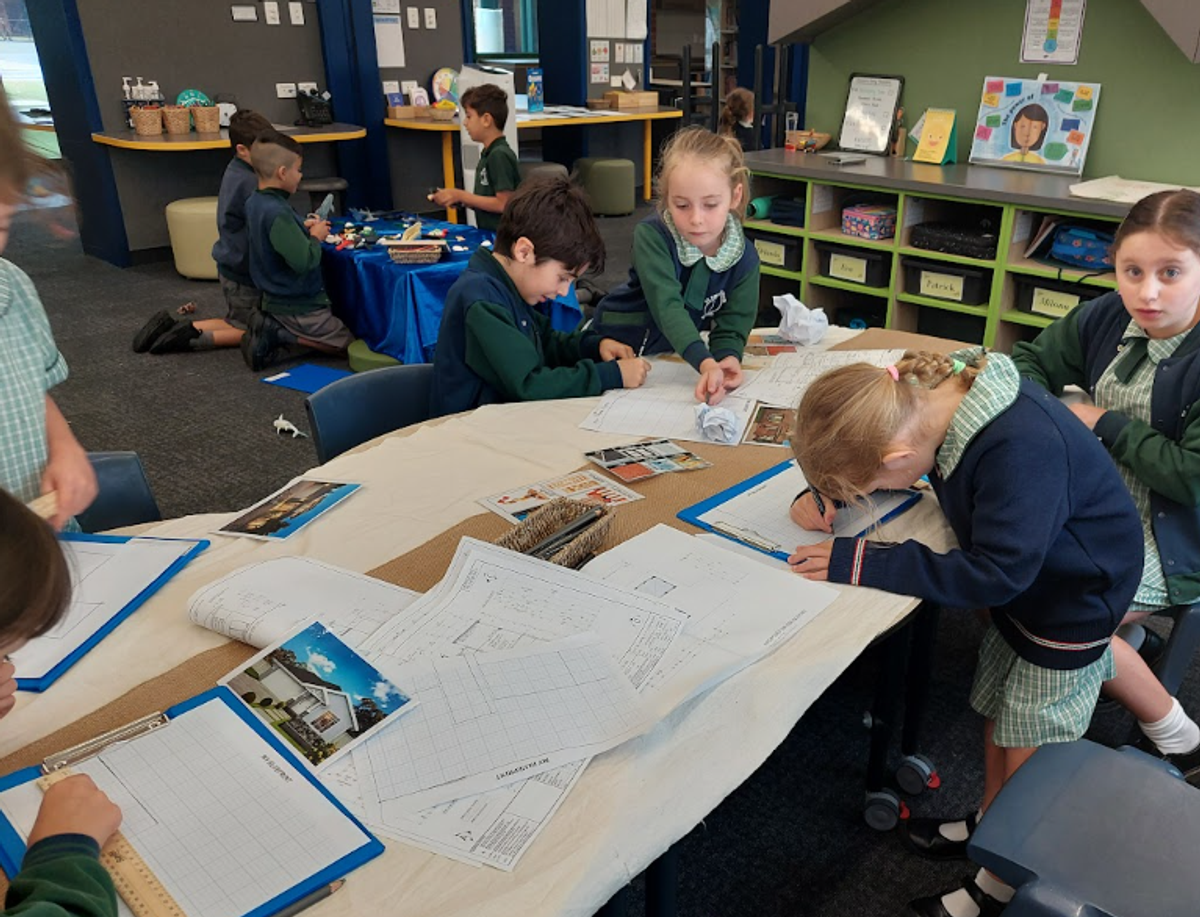

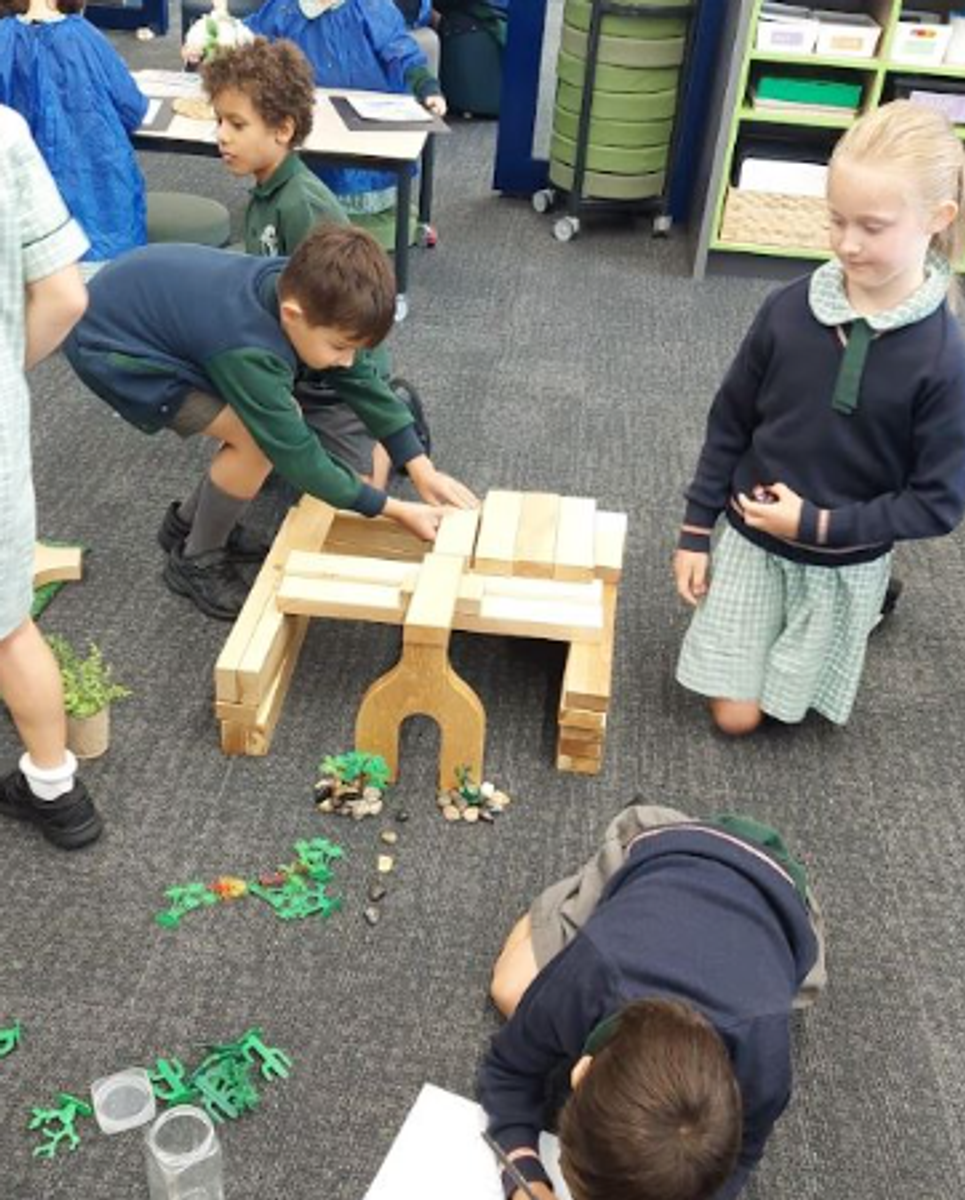
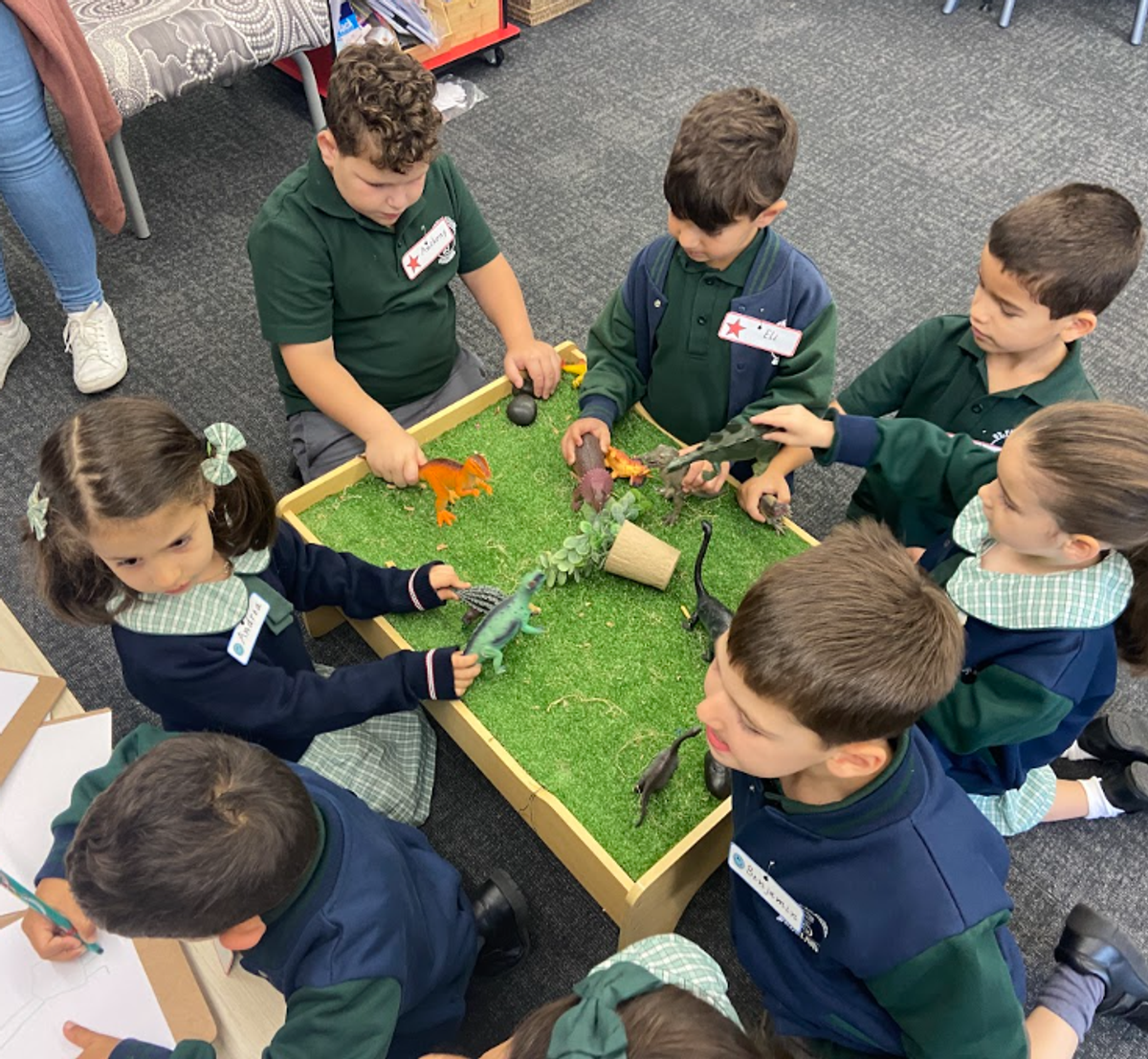

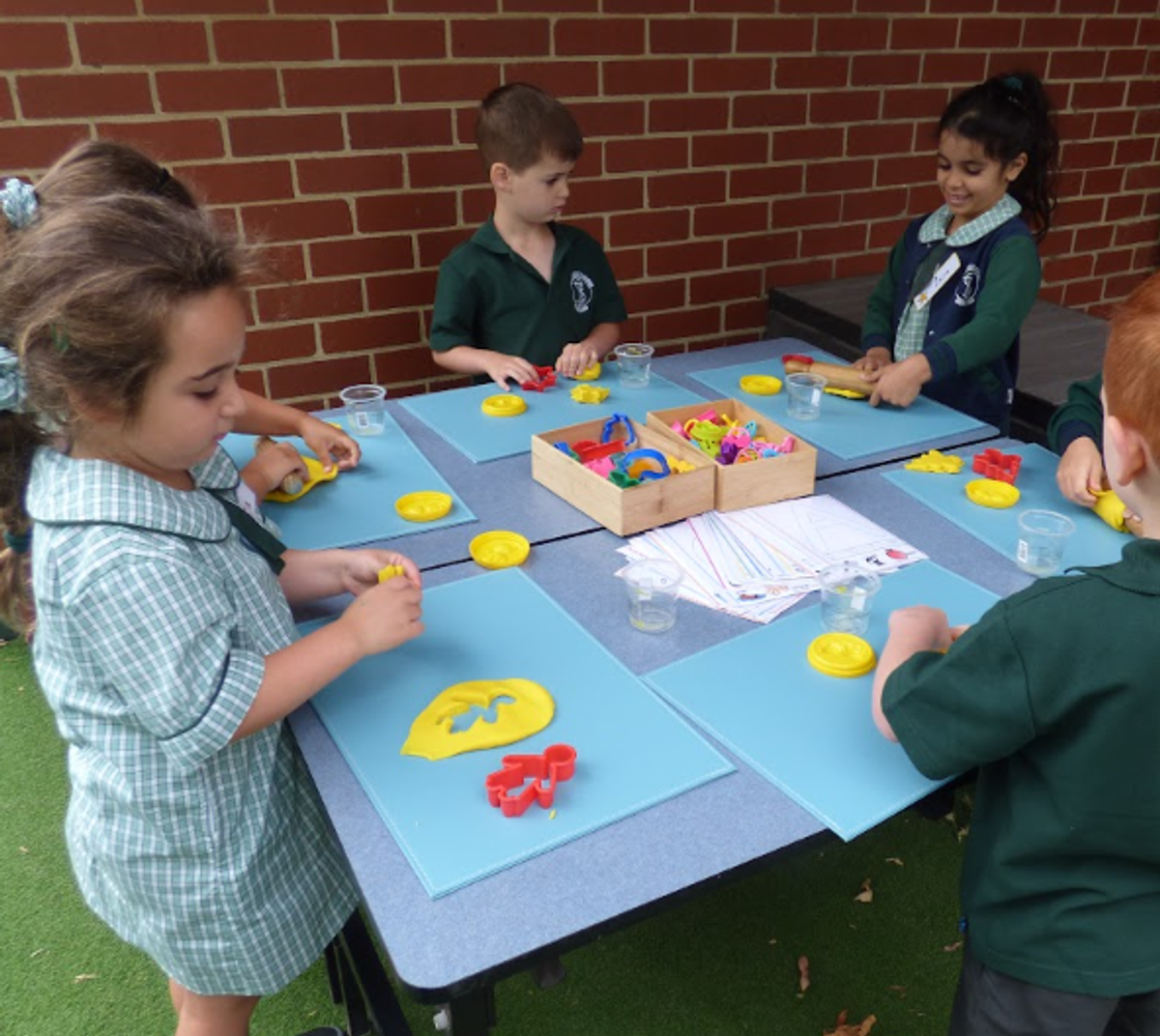
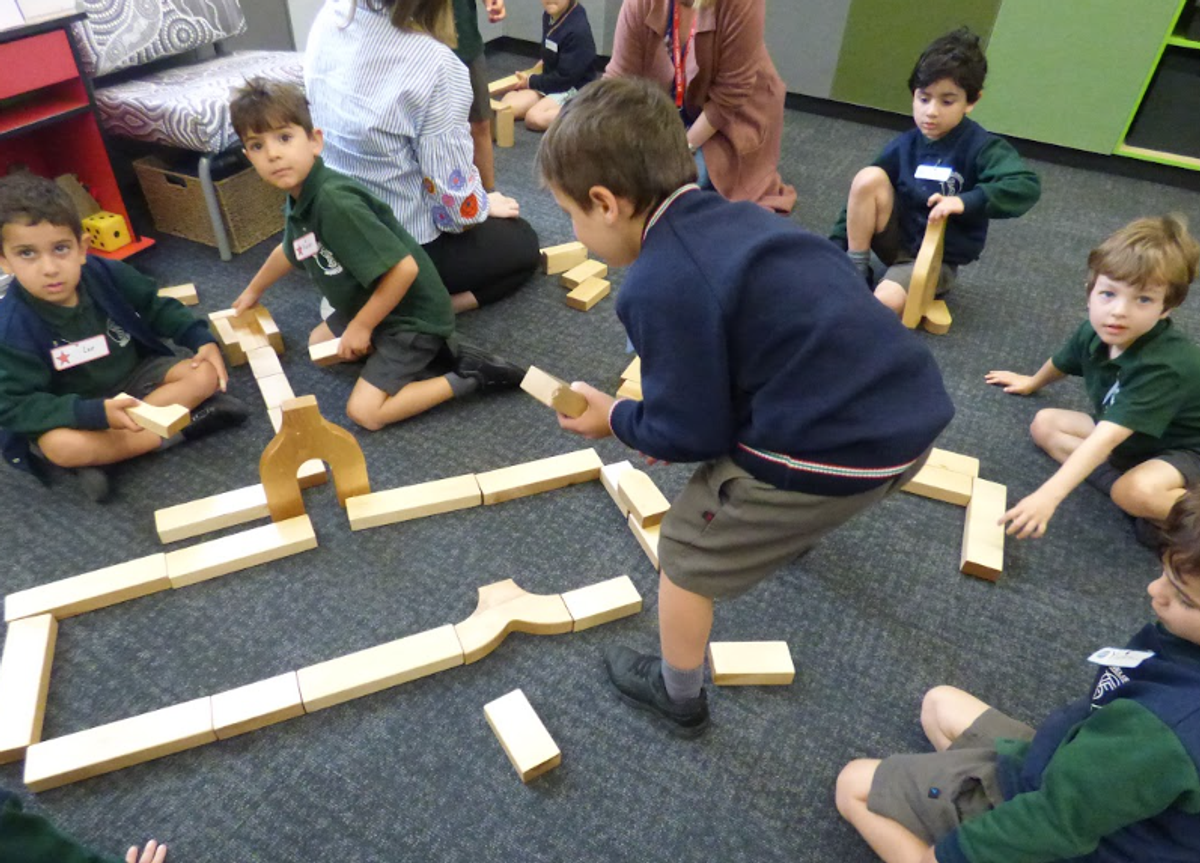
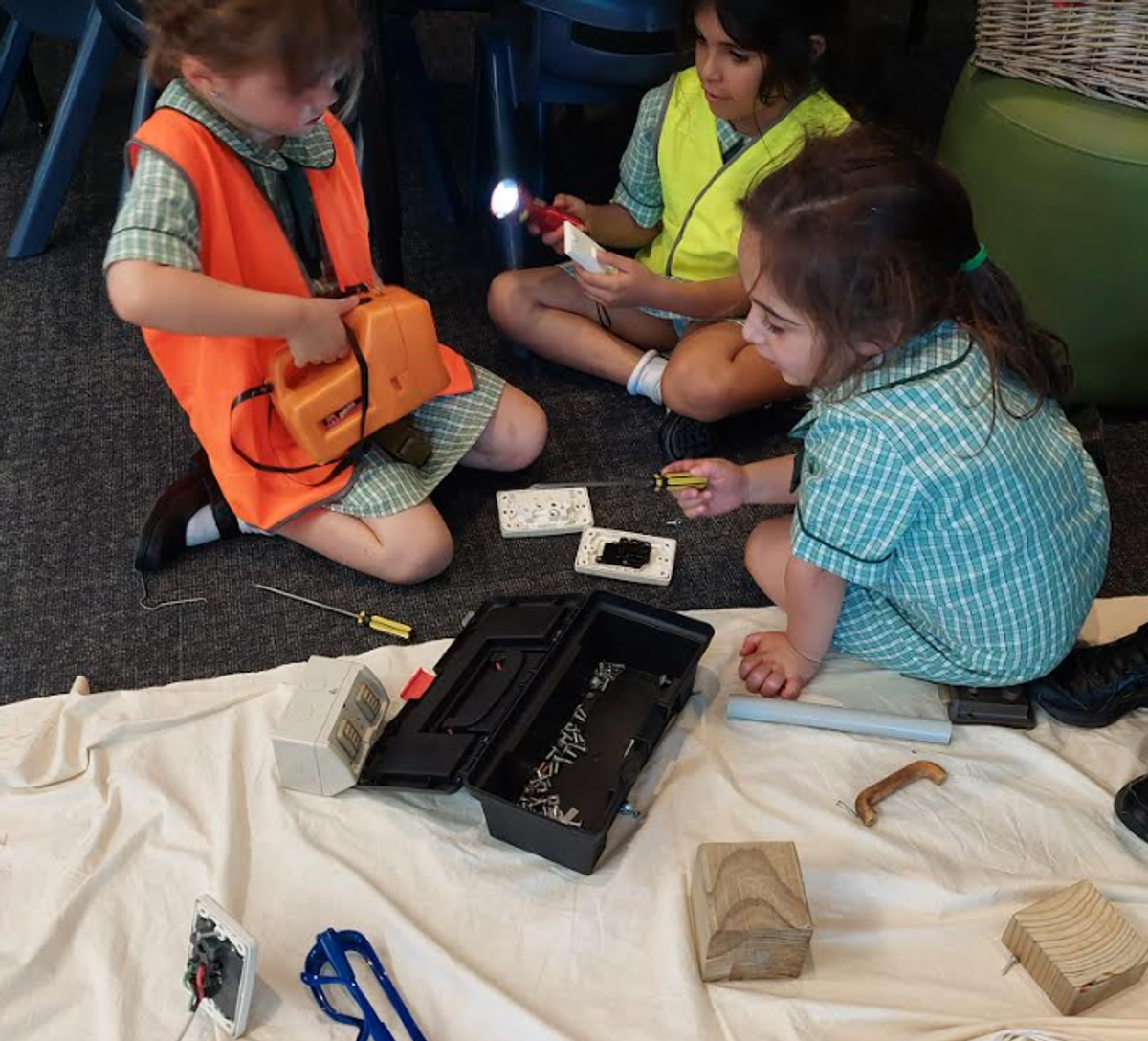
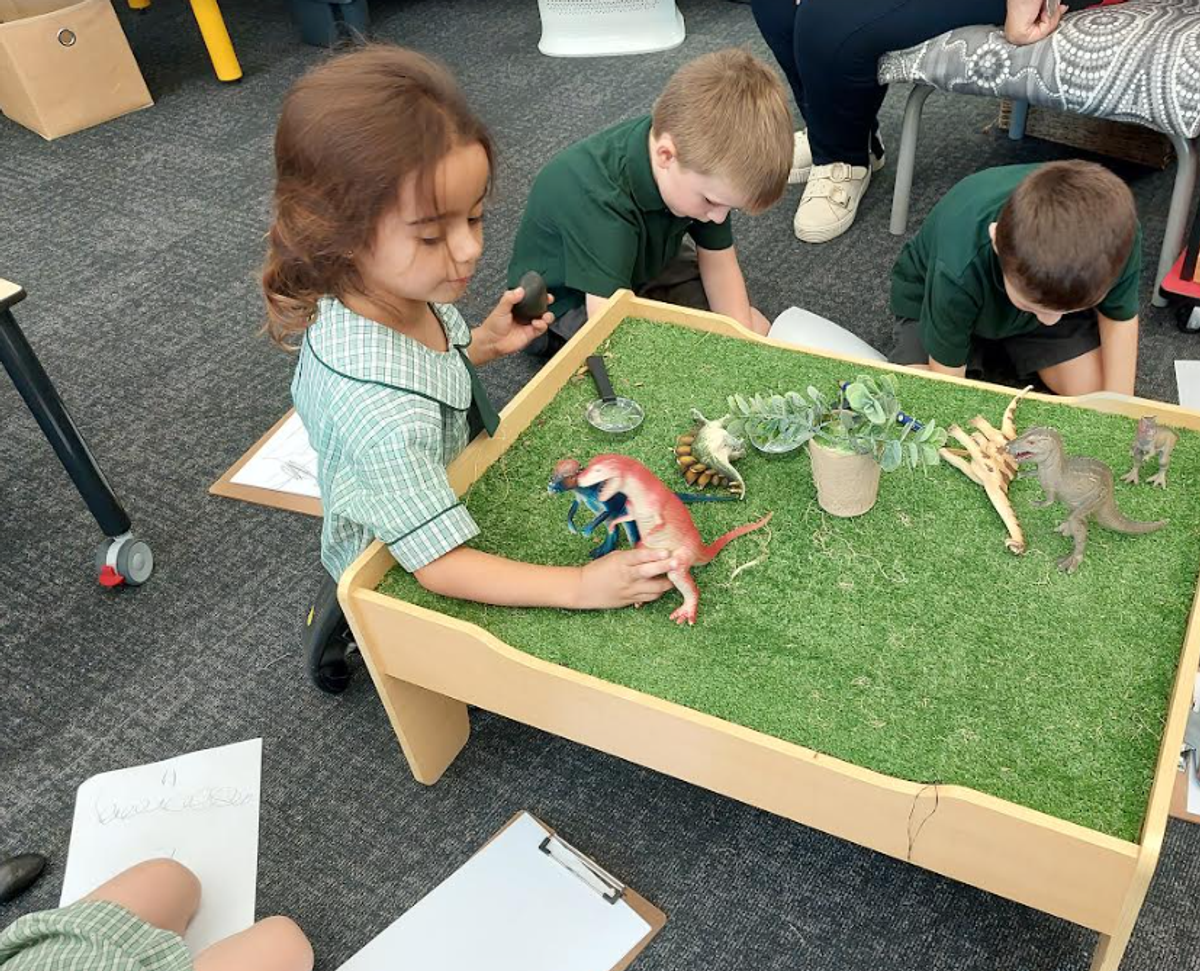
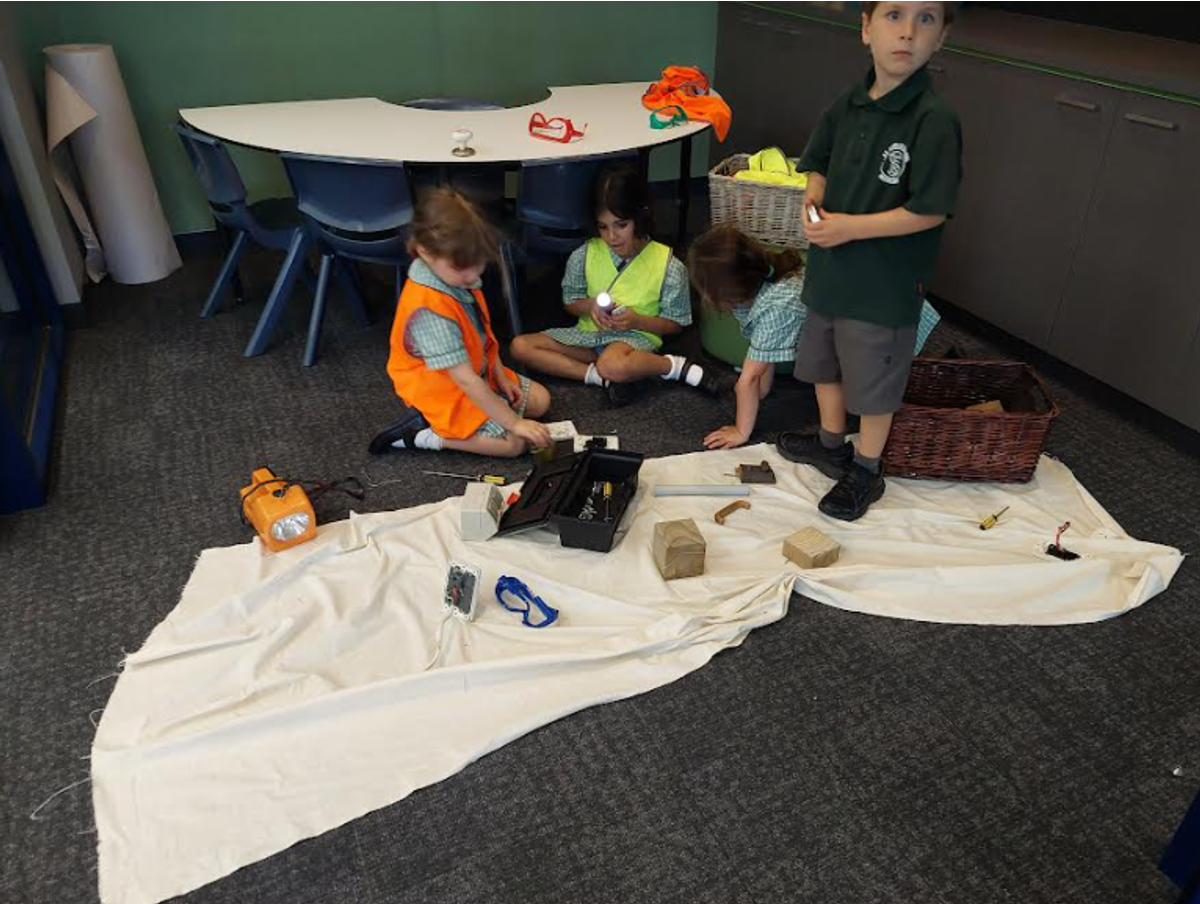
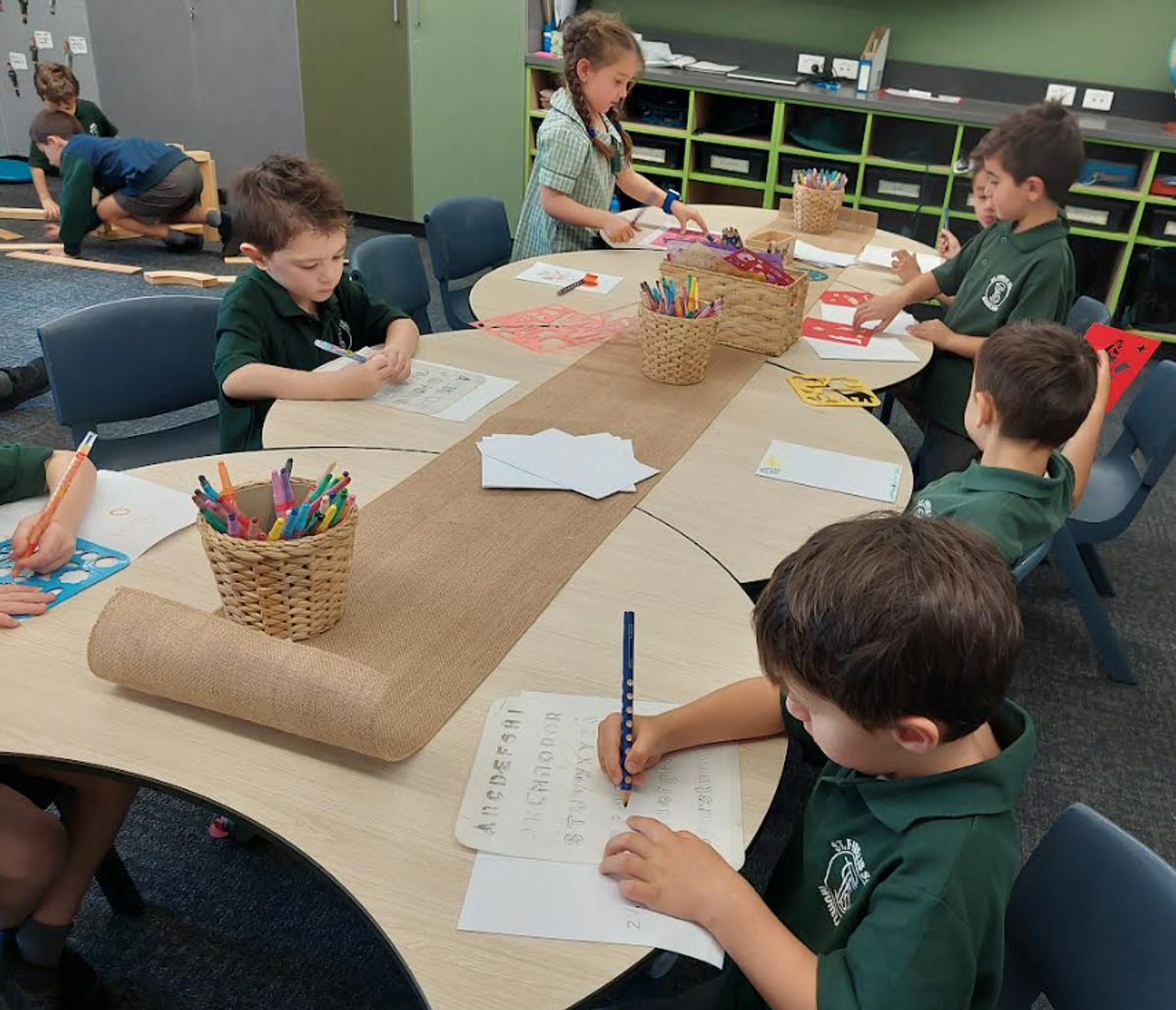
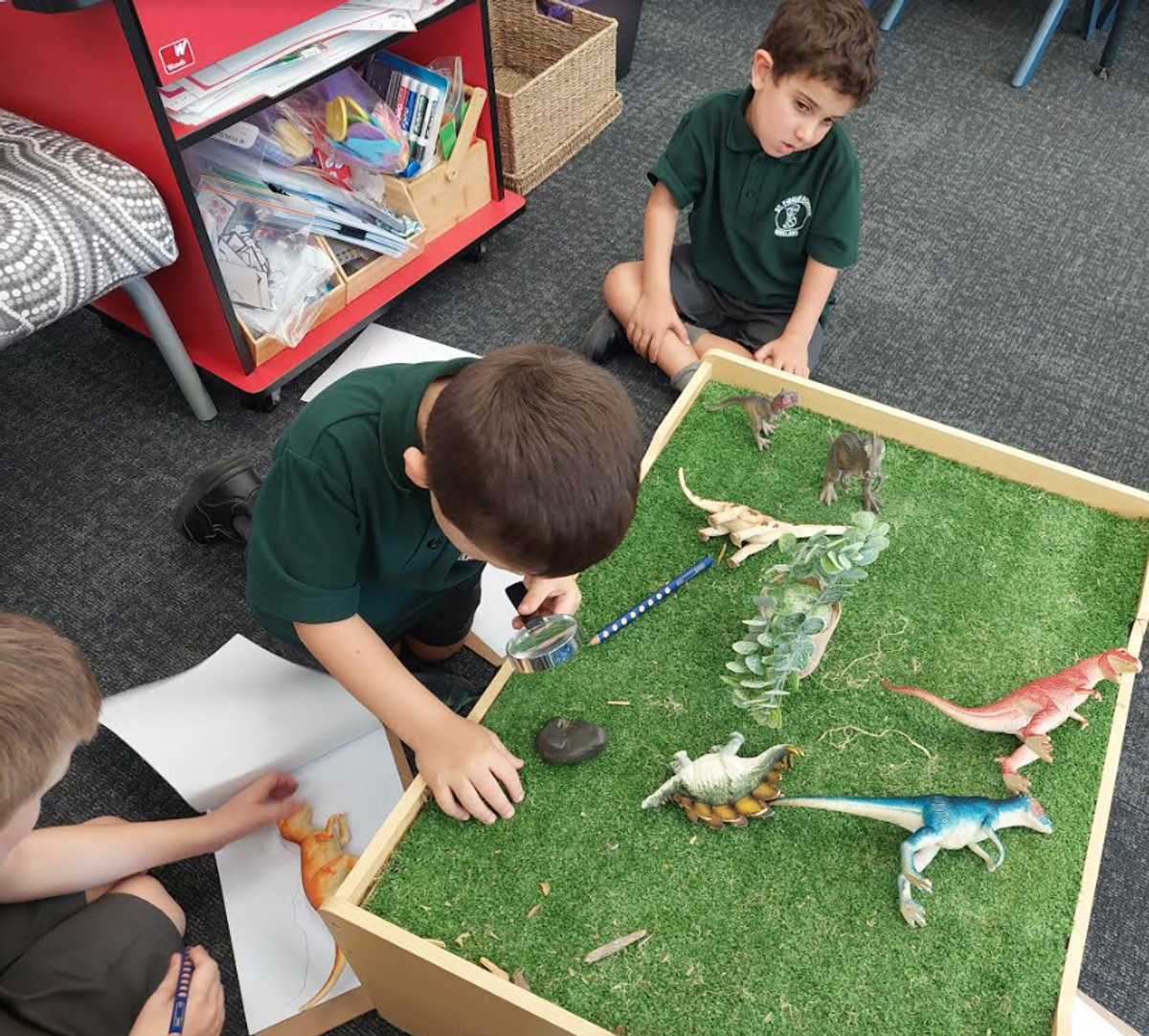

















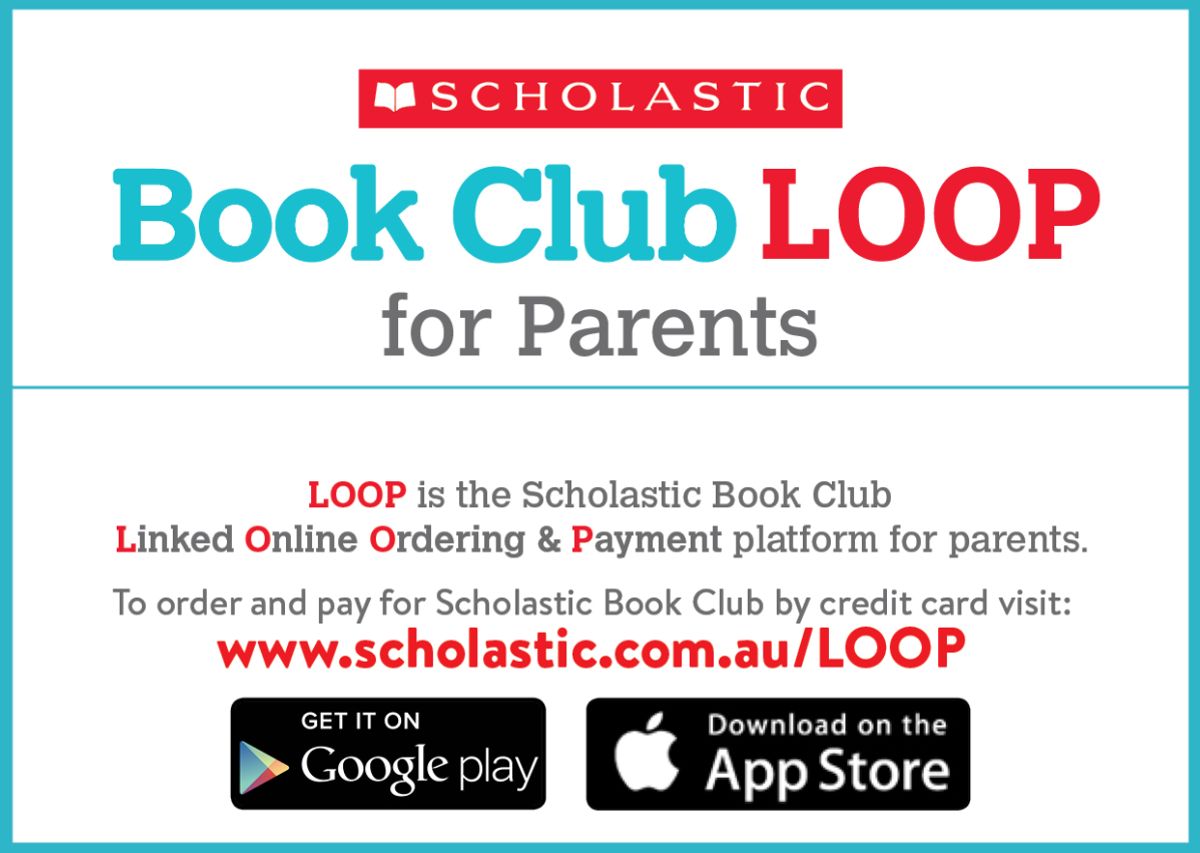

The Book Club LOOP platform for parents allows you to pay by credit card. Your child’s order is submitted directly to the school and the books will be delivered to class. You can place your child’s order at scholastic.com.au/loop or by using the LOOP app, which can be downloaded from the App Store or Google Play. Issue 2 orders are due back next Wednesday, March 15.
What’s happening in Sustainability?
During our Sustainability learning, we have been busy making lavender, daisy, snapdragon and cress seed spheres for the St Fidelis' mini market. The market will take place on Sunday the 19th of March.
As a group, we collaborated and communicated with our peers while making the seed spheres. To make the seed spheres we added flower seeds, compost and water and mixed it all together and then rolled them into balls. We placed the seed spheres in a tray to dry.
Once they dried up we wrapped and labelled the sphere ready for the mini market.
We will also be selling a selection of outdoor plants which have been donated to our school by the Tsangaris family. Please came and visit our Sustainability mini market.
by Xavier, Skyler, Nicholas, Olivia, Benjamin, Florence, Sophie & Milana
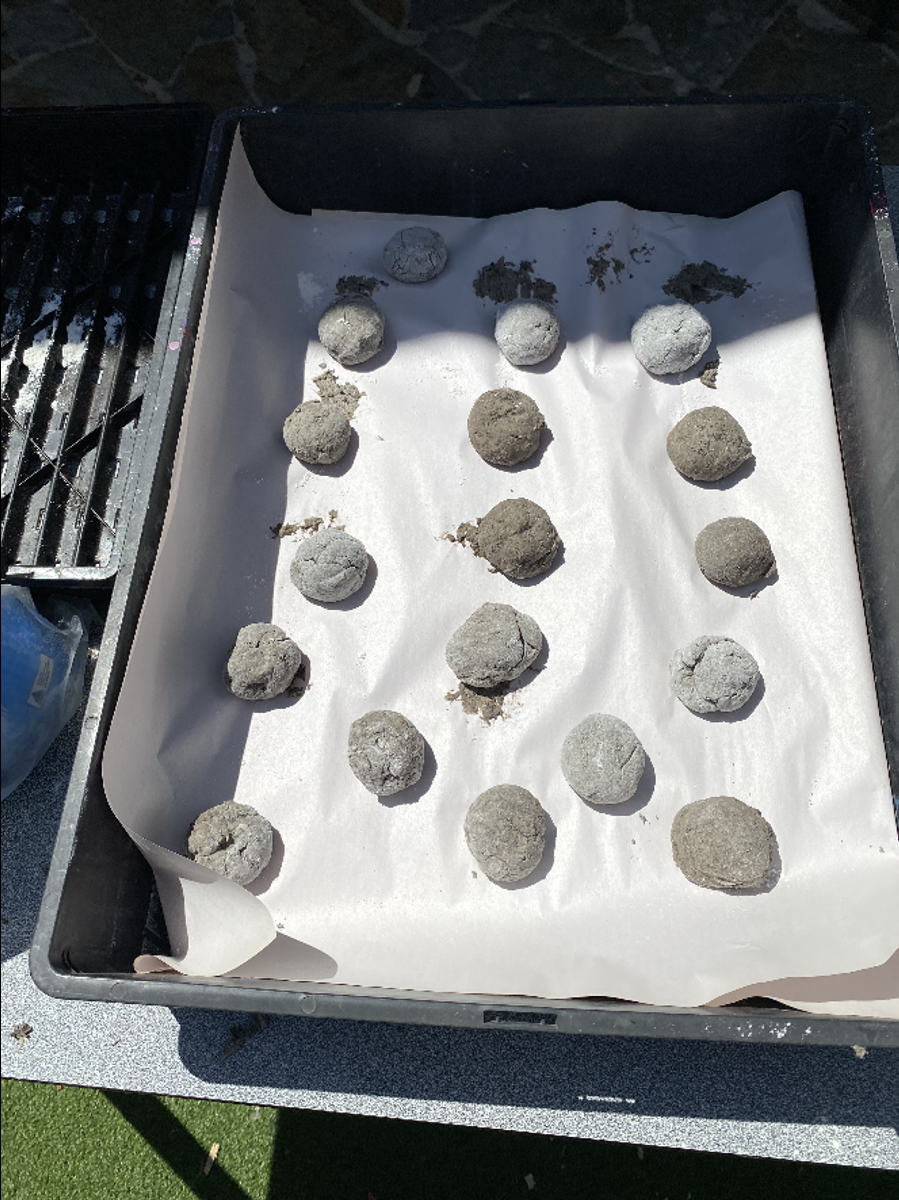
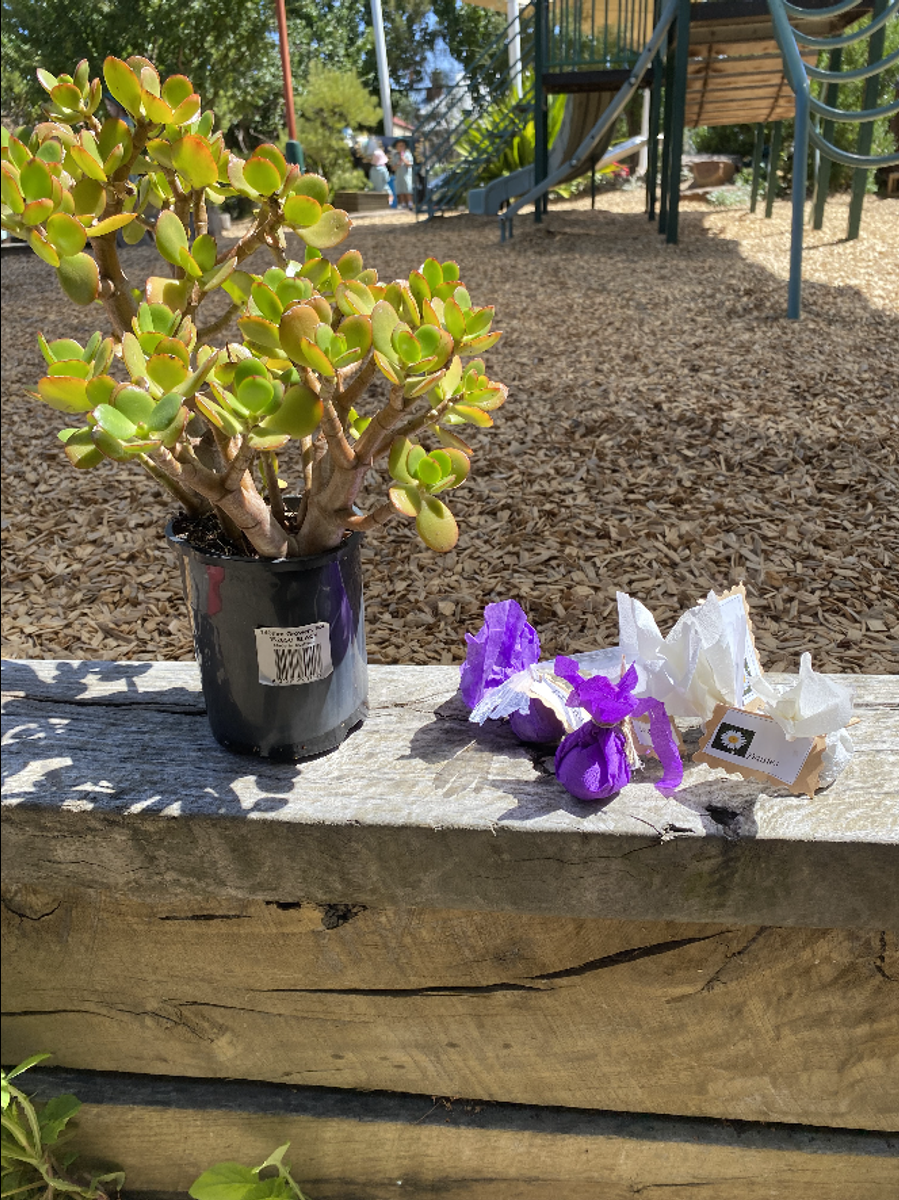
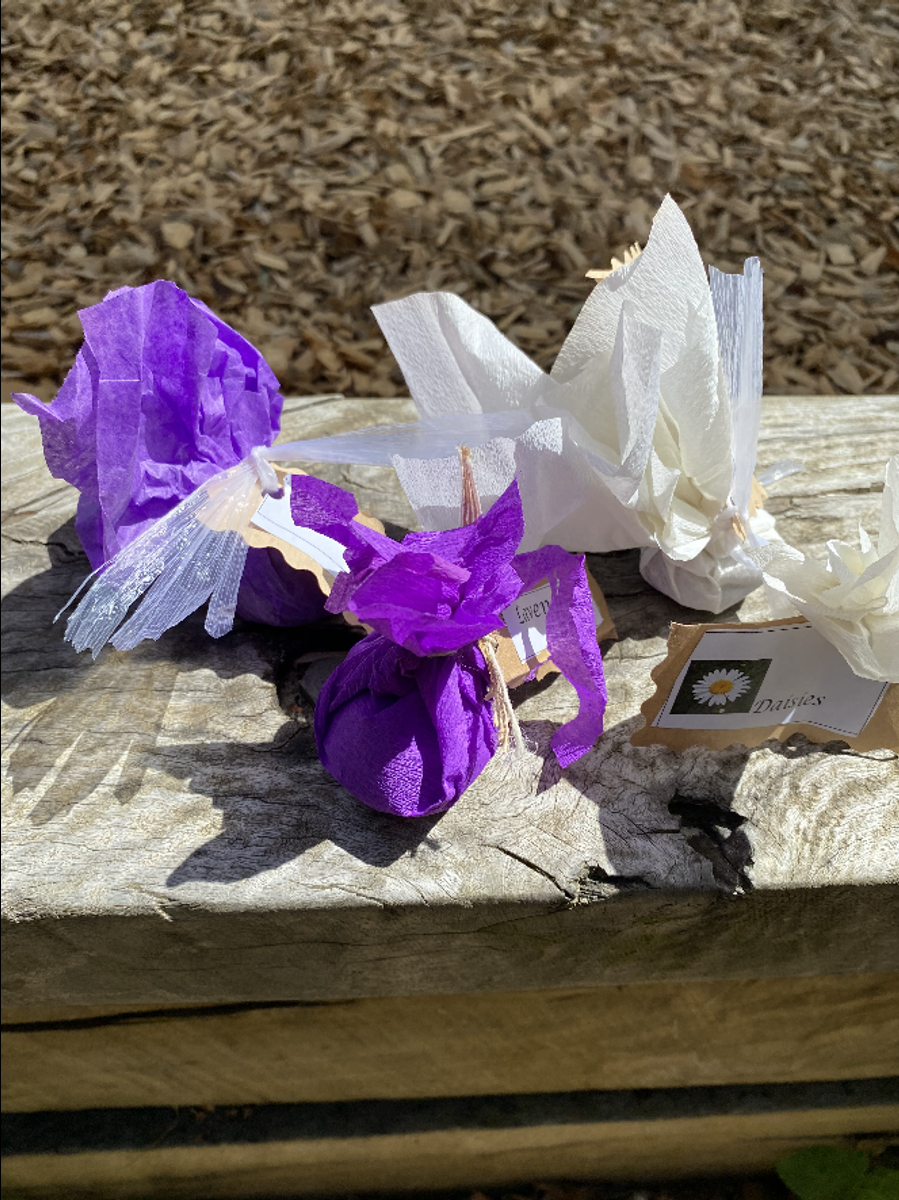



Today in sustainability we made snapdragon seed spheres for our fete on the 19th of March. We made a welcoming sign to welcome people to our mini market. Xena bought some plants for school so we can sell them at our sustainability mini-market. by Zara


It has been great getting into most of the classes this term. I love listening to the great dialogue students are having in their math sessions. his picture here may create some at home with your family.
A picture sparks 1000 maths concepts! Use this picture as a prompt to stimulate thinking
Estimate how many cubes are in the image.
Can you explain your thinking?
Estimate what percentage of the cubes are hidden in the image. Justify your thinking.
SSV Coburg District Swimming Championships
The SSV Coburg District conducted its annual swimming trials for 14 schools in our local area on Tuesday 21 February at Elite Swimming Pool in Pascoe Vale. Students were able to swim freestyle, backstroke, breaststroke, butterfly, freestyle & medley relays in 10, 11 and 12-year age groups.


Congratulations to the following St Fidelis' students who represented our school at this event: Hunter, Maya, Olivia, Alex, Xena and Emily.
Special congratulations to Hunter in the breaststroke, our 12 Year Girls Freestyle Relay Team and our Open Girls Medley Relay Teams who have progressed to participate in the Inner/North Moreland Swimming Championships on March 14 at Oak Park Pool.
Congratulations to Carlo Munafo and Hunter Fairbanks (Year 2) who are about to embark on their Golfing career. Both were presented with a cap and polo top to mark the beginning of the Nexgen Junior Academy at the Northern Golf club. Can't wait to see you both on the PGA tour in the coming years. Well done!




EXPERIENCE MUSIC
